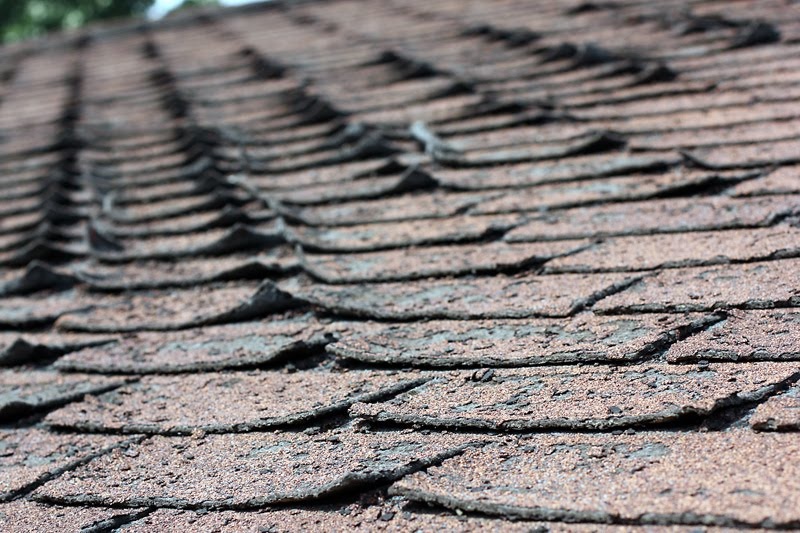Storms have a particularly strong effect on the roofing of any house, and it is not uncommon for a roof to get spoiled or damaged during a storm. A storm can inflict anywhere from moderate to heavy punishment on your roof. Most rooftops are made up of cedar, tiles and cement. Even though the cemented roofs rarely face any damage, cedar and tiled rooftops are prone to harm due to prolonged exposure to elements such as wind, air, soil etc. All these factors cause damage to the shingles that can cause problems for the weeks and days to come. A detailed study conducted by moving around the house and inspecting possible sites of damage can help you narrow down time and effort.
However, there may be damage to the upper parts of your roof, and it is not advisable to climb up there for direct inspection, especially after a storm. The storm can leave your roof damaged and slippery, and can lead to dire consequences. If you feel that your roof has taken some damage on parts which are not accessible or viewable very easily, I would strongly recommend that you get in touch with the professionals. They may be able to assist you with a clear assessment of your roof and the exact degree of damage.
Still, its always good to know certain basic elements of replacing a damaged roof. Having a little more knowledge will help you in a smoother transition of events. Here are a few notable things that one may refer to-
1. Look for broken, cracked or missing shingles. It is a common sight after a storm, and identifying the damaged shingles is a crucial step. Avoiding to do so can lead to further damage such as water leaks and seepage.
2. Look for damage in the drainage and ensure that no debris gets accumulated. Ensure a free flow of water. Assess the gutters and look for holes and dents, as they may lead you to hidden damages to your roof. Look for other scattered materials on your roof near pipes, drains, chimney etc.
3. While cleaning the debris from the gutters, look for sand like particles. They can be distinguished with the same color as your shingles. This is an indication that your shingles might need replacement.
4. From the inside, try and look for spots which might be exhibiting behavior of seepage and mold. The presence of moisture is the biggest indication and help you stop it from spreading if checked on the right time.
5. Call a professional to assist you henceforth. Call in someone for an inspection and let them make an assessment for you. You can then compare your list with their’s and see if everything has been covered.
Roofing generally does not need replacement, and can be taken care of just by repairing. Most roof jobs may last up to 30 years without changing. Repairing has always been the best option, both efficient and pocket friendly. Trained and professional staff is what is advised for that job. Kindly do not put yourself in harm’s way by trying to climb up a slippery roof to fix various damages.

